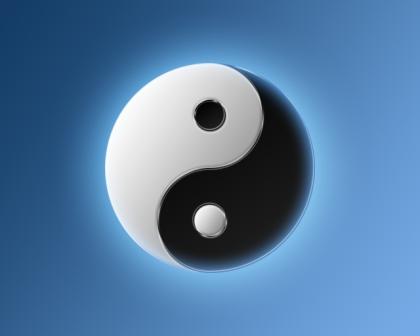|
|
||||||||||||||||||||||||||||||||||||||||||||
|
.
|
The conserve symbol is associated from an early age with the act of caring, preserving, maintaining, sustaining and being mindful of the welfare of all. This association is developed in children in Anglo-American schools as they learn basic civics and perform activities in Conservation Clubs. They are taught that conservation is recycling, reusing and in general preserving resources; planting and promoting trees; valuing and tending the soil; etc. The over-all objective of Conservation education is to provide children with a sense of connection with all so they can better lead lives that are harmonious with and sustaining of Earth.
They are also taught the Conservation Principle of
Energy, which states that energy cannot be created or destroyed in a
closed system – it is preserved, constant, intact, though it
continually transforms. Thus we learn as children the deepest meaning of
the “conserve” symbol, which is that it is acceptance of our roles
as stewards of energy forms amidst the universal change. The
Conservation Principle is perhaps the most profound and sustaining
symbol generated in known history. It has never been disproved, despite
unparalleled inquiry, and contains profound wisdom. These associations of the conserve principle
suggest the act of caring for resources is the ultimate test of our
sustainability. We fail to conserve resources and deny
stewardship/change at our peril. The ultimate political, social and
psychological tests are whether we are conservatives or
non-conservatives of global resources. Our thoughts and words can easily
be at various with our actions and it is what we do that matters. Abuse of the “conserve” symbol is endemic in
Anglo-American societies. The symbol has been colonised by the groups
who actions are some of the least conservative of all humanity. They
have taken the symbol, with all its associations with universal
compassion and used it to describe their political parties and policies.
Worse, those who disagree with these policies often associate the conserve
symbol with hatred and vilification. They despise “conservatives”. This evidence points to the probability that both
groups have one thing in common – considerable self-hatred and lack of
compassion. A possible driver of this behaviour might stem from the fact
that very often both groups are fundamentally non-conservatives. They
share lifestyles and actions that are, on balance, unsustainable. Summary Conserve the potential of the conserve
symbol and associate it with compassion and care for all. Thus our
children can know the measure of their lives is not their education
qualifications or jobs or voting behaviour but rather whether their
actions are those of a conservative or non-conservative of Earth’s
resources. late 14c., from O.Fr. conserver (9c.), from L. conservare "to keep, preserve, keep intact, guard," from com-, intensive prefix (see com-), + servare "keep watch, maintain" (see observe). Related: Conserved; conserving. prefix usually meaning "with, together," from L. com, archaic form of classical L. cum "together, together with, in combination," from PIE *kom- "beside, near, by, with" (cf. O.E. ge-, Ger. ge-). Page last updated: July 2010
|
. |
||||||||||||||||||||||||||||||||||||||||||
| . | ||||||||||||||||||||||||||||||||||||||||||||
| . | ||||||||||||||||||||||||||||||||||||||||||||





 Samples
from search on "conservation club"
Samples
from search on "conservation club"